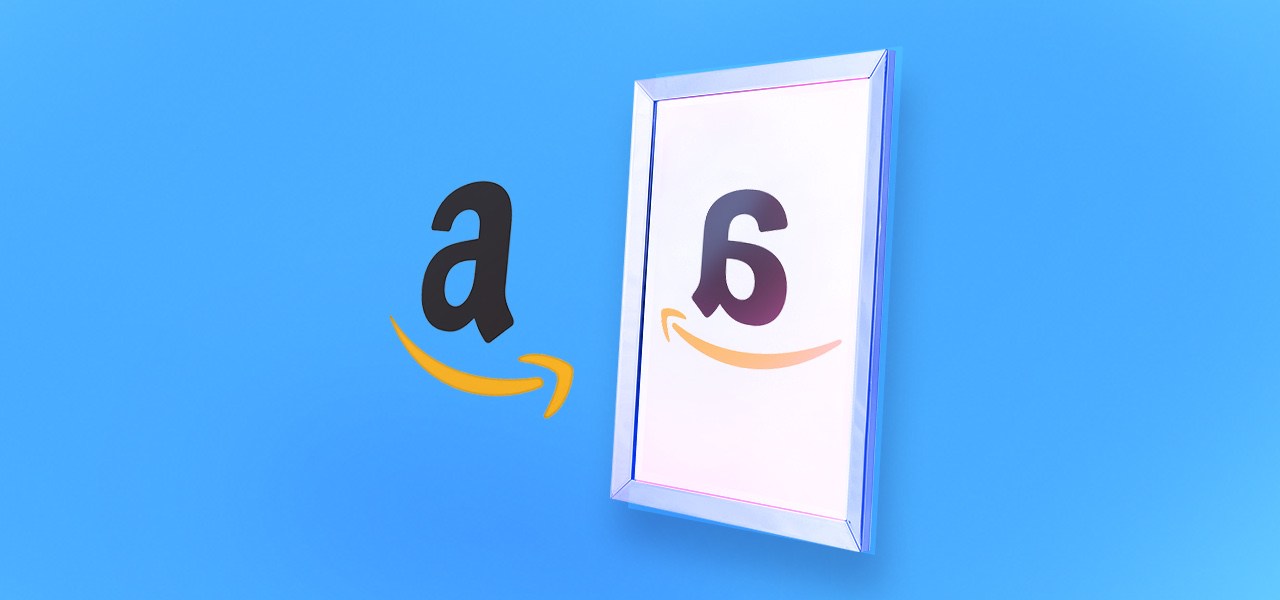Amazon ups its fights against fakes with Project Zero

Amazon’s in the news this week for coming under fire for, and cracking down on, fakes.
On Wednesday, the Federal Trade Commission ordered that the Amazon seller Cure Encapsulates pay a $12.8 million fine for buying fake Amazon reviews for its dubious weight loss pills. It was the first time a successful settlement had been brought against a company for peddling fake reviews, though it’s been a problem plaguing Amazon’s marketplace for years.
Then, on Thursday, Amazon announced Project Zero, a new anti-counterfeit initiative that will put more power in the hands of brands to take down fake product listings on the site. Brands have to be approved by Amazon to join Project Zero (right now, it’s still invite-only), and once they are, they can have at it, removing counterfeit product listings under their own brand name with Amazon approval. Previously, brands had to file a claim to Amazon and wait until Amazon cleared the complaint before a listing could be deleted, a process that could take days, weeks or months, depending on Amazon’s response. In addition to increasing brand power, Project Zero will also roll out an automated protection system that searches product listings for imitated logos and trademarks, as well as a “product serialization” service that would let brands assign an Amazon serial code to products at the point of manufacturing, that would then be scanned for authentication in an Amazon warehouse before it’s sold. Serialization will cost brands between 1 and 5 cents per unit.
Project Zero is the most aggressive action Amazon has taken against brand counterfeits, and if it’s successful, the program could help win over brands that have been hesitant to sell on Amazon for fear of aligning itself with a slew of counterfeiters. Of Amazon’s two problems dealing with fakes — reviews and products — products are certainly more pressing. Customers need to trust what they’re buying is real.
But sellers on Amazon live and die by the reviews. Algorithms automatically favor product listings and sellers with the highest reviews, and some brands join Amazon just to rack up reviews, since that’s where so many product searches begin. With so much riding on reviews, sellers have taken to aggressive measures. Some slip gift certificates into order shipments that promise a discount in exchange for a five-star review. Others have posted listing for review writers on Fiverr. Amazon has cracked down on both practices, but there’s a much bigger gray area for what constitutes an unreliable review vs. a fake review, and how to monitor both.
“Products are a worse problem for Amazon, but it’s an easier fix if there’s real effort behind it,” said Allen Adamson, the co-founder of Metaforce. “Fake reviews aren’t nearly as pressing, but over time, trust erodes, and that’s bad for Amazon when reviews are such a big part of what customers are there to look for.”
Saoud Khalifa, CEO of Fakespot, a service that tracks online reviews and grades products for how “real” their endorsements are, said that Amazon responds to the data his company gives them. It will delete reviews Fakespot has flagged as clearly paid for or written by a bot, but it can take months, said Khalifa.
And unlike counterfeit products, rampant fake and unreliable reviews is a problem Amazon exacerbates itself. Brands that Amazon is counting through its accelerator program, for instance, get free access to Amazon Vine, a reviewer incentive program that identifies top reviews on Amazon and gives them free product in exchange for reviews. Other brands have to pay to participate in Amazon Vine.
Soliciting reviews in exchange for free product isn’t setting the best example.
“Without its powerful review system, Amazon is just competing on price and delivery speed,” said Adamson. “That’s a slippery slope.”
—
Sign up for the Modern Retail Briefing to get retail news, analysis and insight delivered to your inbox every morning.

